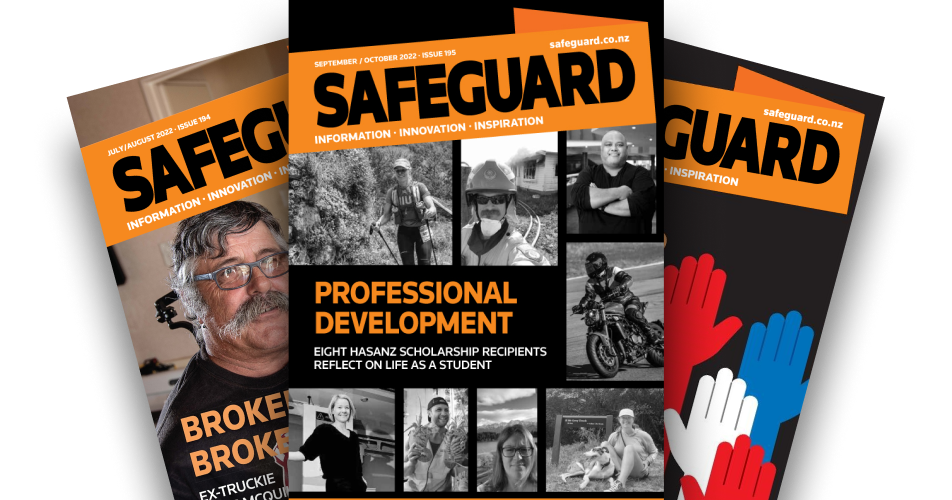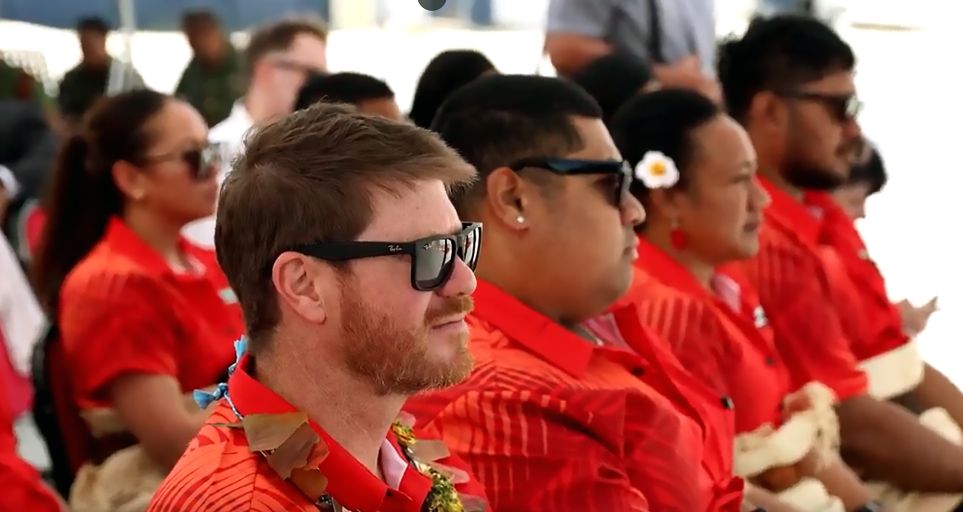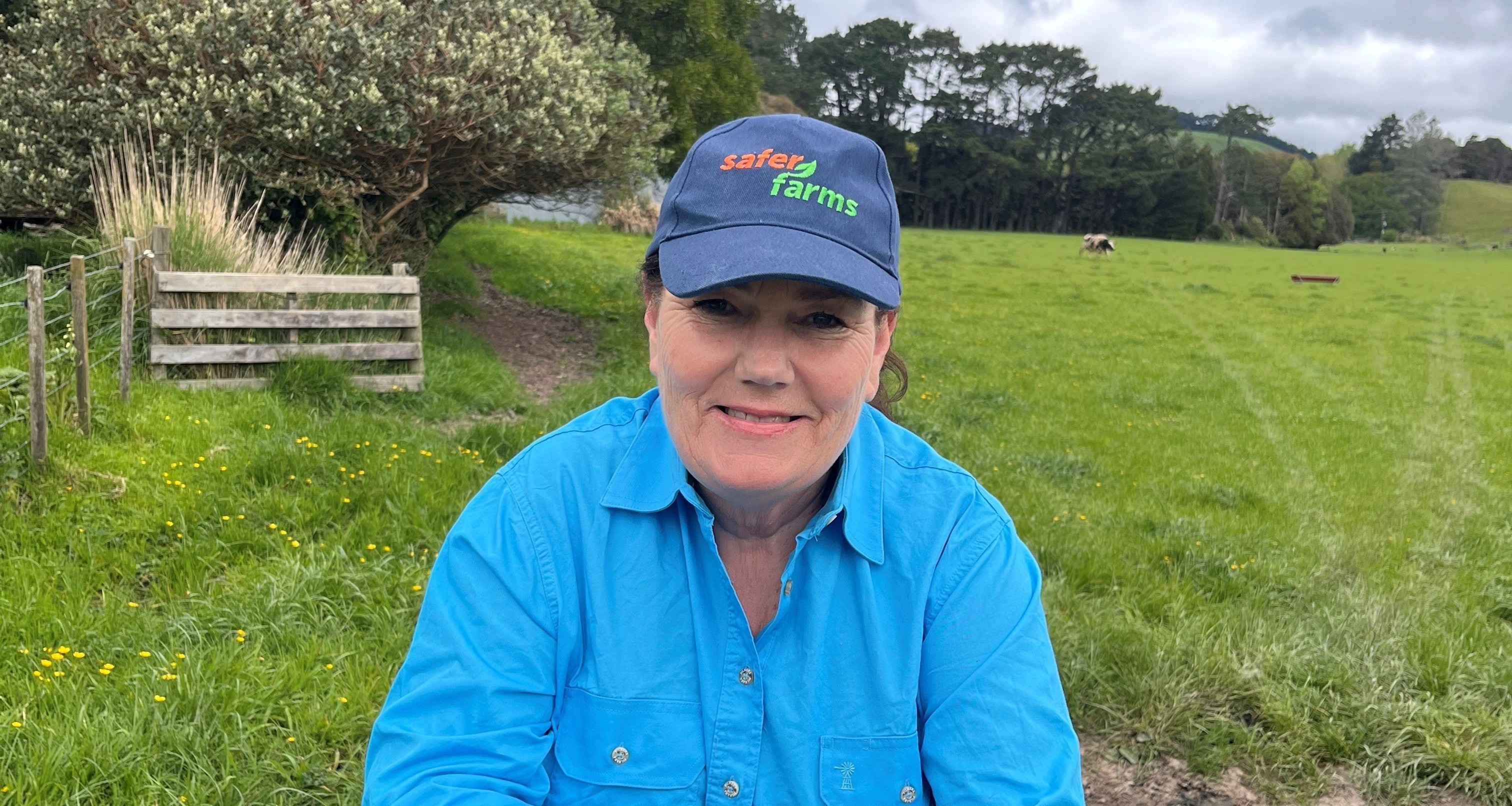Long work hours, particularly if worked at night, create a serious risk to health and safety in the workplace.
Section 30 of the Health & Safety at Work Act 2015 requires employers to minimise any risk to health and safety as far as reasonably practicable. If such a risk cannot be eliminated, there is a duty to minimise it so far as reasonably practicable.
Night work increases not only the risk of accidents but also creates significant health risks to workers. The risk of heart disease and cancer increases significantly for those who work at night. This is perhaps unsurprising. Having worked the night, it is difficult to eat well. The effects of being up at night are longstanding. They also impact on relationships with family and friends.
However, in most workplaces those risks go largely unidentified and are therefore not managed.
There has been an increased focus on hours of work following fatalities in the stevedoring industry. Stevedoring is a good example of the risks of shiftwork and night work. Stevedoring employers have traditionally insisted on rostering employees without any fixed pattern of work, including working some shifts at night. In addition, long hours have traditionally been common in the industry; shifts as long as sixteen hours have been worked until recent times. Long hours of work, including night work, continue within the industry.
Work allocation challenged
The model of work allocation where workers can be allocated work at any time has been the subject of recent cases in the Employment Relations Authority and the Employment Court.
In a series of judgments in Lye v ISO Limited1, the Employment Court has found that rostering practices previously used by ISO (and most other employers in the industry) were unlawful, and were a breach of the availability provisions of the Employment Relations Act 2000.
The availability provisions contained in sections 67C and 67D of the Act address work arrangements in circumstances where there are no set or guaranteed hours of work. The Employment Relations Act 2000 was amended to provide that such work arrangements can only be used when there are genuine reasons for having work hours that are not fixed; the section requires that workers are compensated for the time during which they may or may not be rostered, in addition to payment for the hours actually worked.
The rostering used by ISO was common throughout the industry. Following the Employment Court judgments, ISO and the Maritime Union have agreed new work arrangements providing predictability and avoiding the need for employees to be at the employer’s beck and call. This change was welcomed by both the company and the union and followed years of litigation. It also followed a ruling of the Employment Relations Authority that Mr Lye was entitled to compensation of $37,500 for working subject to an unlawful availability provision2.
For employers, therefore, it is important that safe and lawful hours of work are allocated, both to protect workers from accident and illness, but also recognising significant legal risk for employers in being found in breach of availability provisions of the Act. Payments to an entire workforce of the type awarded to Mr Lye would create a very significant liability for an employer.
New fatigue focus
Concern about accidents in the industry and the nature of work allocation and hours of work has resulted in the industry, along with Maritime New Zealand, focusing on fatigue and the need for proper management of this significant risk within a workplace.
Maritime New Zealand is working with the industry to establish good practice guidelines for the stevedoring industry, requiring stevedoring employers to have in place fatigue risk management systems. The industry has recognised a very real risk of fatigue from workers missing out on sleep, from being awake for too long and from working and sleeping in the wrong parts of the Circadian body clock cycle.
This work will lead to significant changes in the stevedoring industry. For the first time the Maritime union, employers and the regulator will be working specifically to address the risk of fatigue in the workplace.
Night work: eliminate?
The stevedoring industry, along with many other industries, operates 24/7 to meet the demands of shipping companies with vessels arriving on a 24/7 basis.
Quite apart from the known serious health risks, the work completed by Maritime New Zealand shows that workers with sleep problems are 62% more likely to have an accident at work. Night work also increases the risk for workers (and the public) when night workers travel home.
Given the duties of employers set out in Section 30 of the HSW Act, it could be asked whether working at night is a risk that should be eliminated, with some small inconvenience to shipping companies. Given the duty to eliminate a risk, it is arguable that work should only take place at night if this is necessary, rather than work is simply convenient at times, or results from customer demands.
Obviously hospitals, police and other essential services need to continue to operate throughout the night. However, a great deal of work currently performed at night need not continue between the hours of 11pm and 6am, which are the highest risk hours to workers.
Change in all industries
For those managing workplaces, particularly those employing night and shift workers, it is important that the risk of fatigue is considered and managed. Any work arrangement where workers are not able to sleep between 8pm and 4am requires fatigue to be managed, as workers are likely to be affected by sleep deficit.
In addition, the ISO cases demonstrate that when hours of work are not consistent, the availability provisions of the Employment Relations Act need to be considered and may well increase cost and risk for an employer.
The work being completed by Maritime New Zealand will fundamentally change the hours of work within the maritime industry. Over time, the increased awareness of fatigue as a risk will lead to changes in all industries where workers work shift arrangements, including night work.
Employers will increasingly need to address issues of fatigue as part of a comprehensive health and safety plan.
References
- Lye vs ISO Limited [2021] NZEmpC 189
- Lye vs ISO Ltd [2022] NZERA 258




